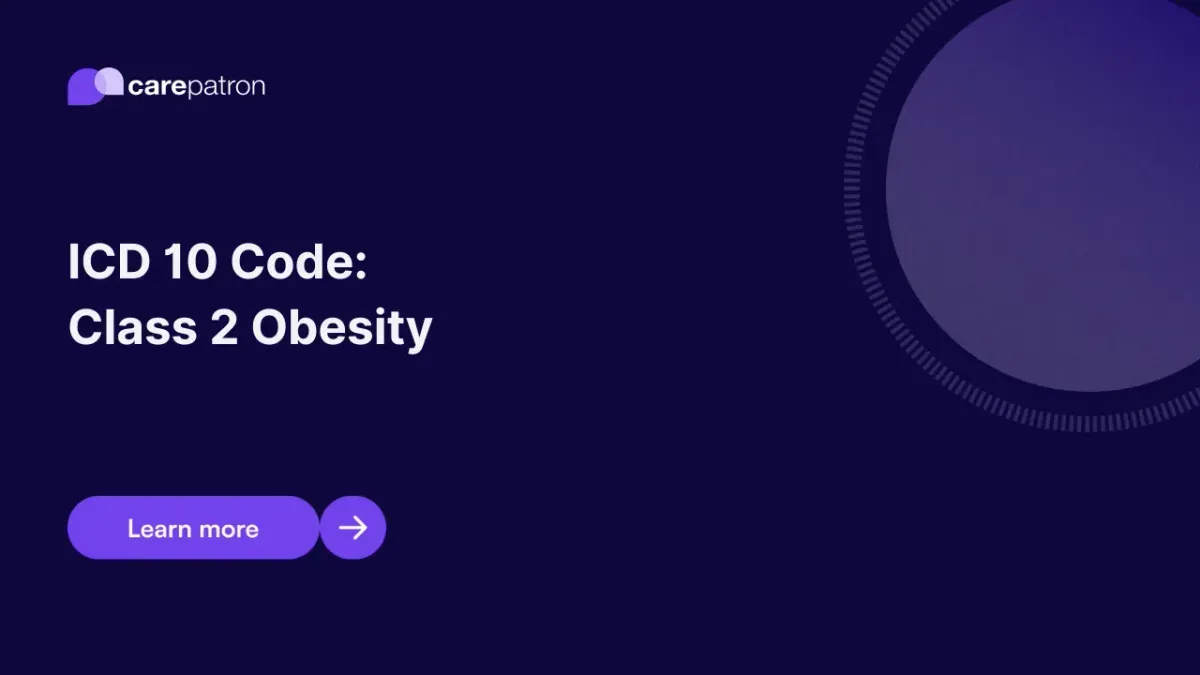
Class 2 Obesity ICD-10-CM Codes
Get the latest insights on the Class 2 Obesity ICD-10-CM Codes for 2025. Learn about the specific code, clinical descriptions, and billing implications.
Use Code
Commonly asked questions
Class 2 obesity is associated with a higher risk of developing conditions like diabetes, heart disease, hypertension, and sleep apnea.
Class 2 obesity is diagnosed based on BMI calculations. To identify body mass index, healthcare providers must divide body weight in kilograms by height in meters squared. Afterward, the healthcare provider may conduct additional tests, including blood pressure, cholesterol, and glucose levels.
Treatment options for class 2 obesity may include lifestyle changes such as diet and exercise, medications to control weight, and, in severe cases, bariatric surgery to reduce stomach size.
EHR and practice management software
Get started for free
*No credit card required
Free
$0/usd
Unlimited clients
Telehealth
1GB of storage
Client portal text
Automated billing and online payments
